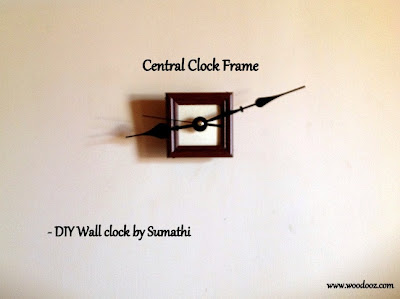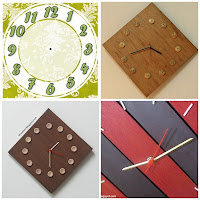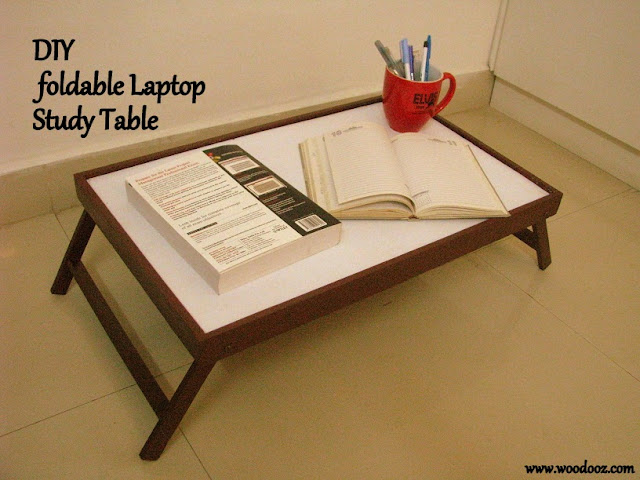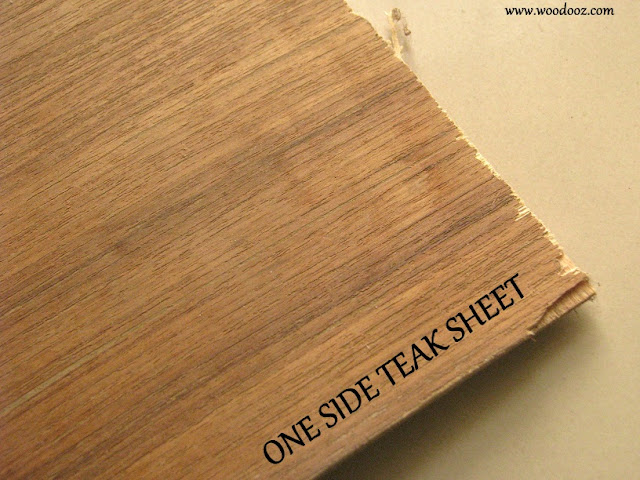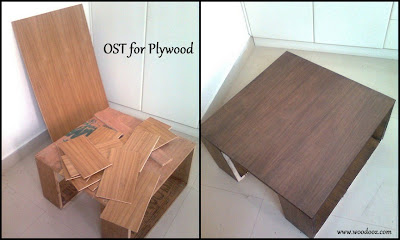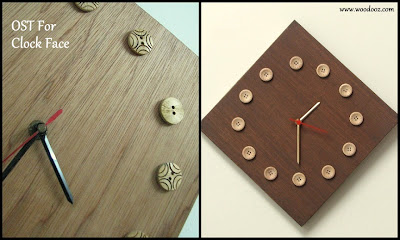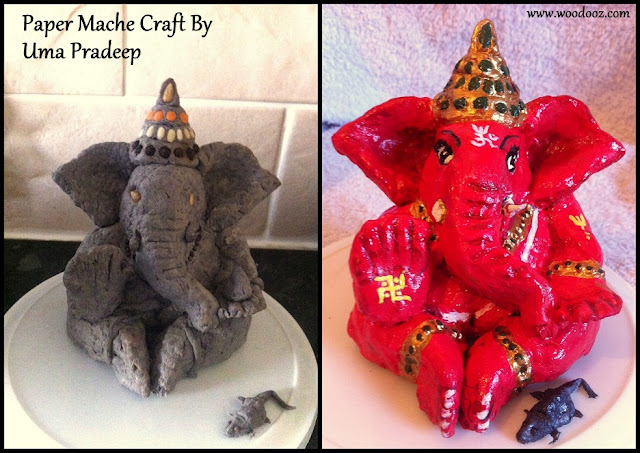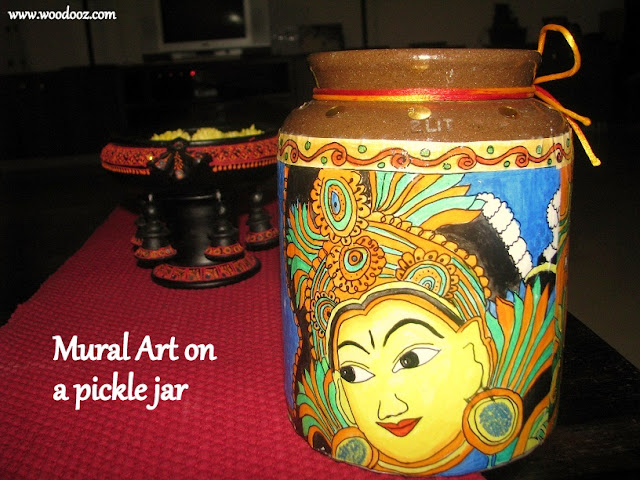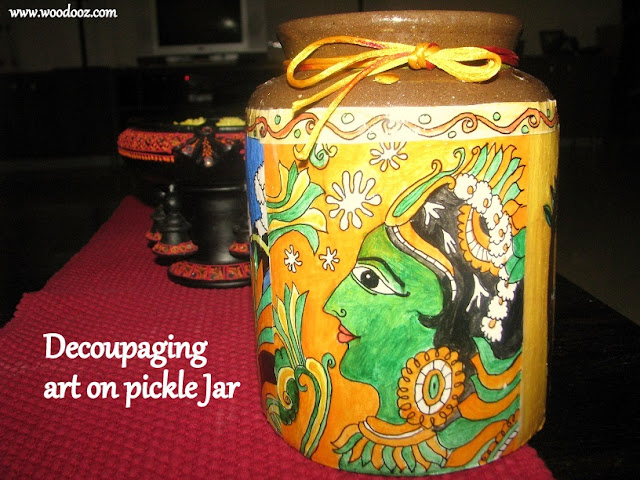It was indeed an interesting weekend for me. Ever since we had started Woodooz, I have been blogging from the confines of our home and never ventured out to meet fellow bloggers. Blog meets are not new to me and I have made many a friends through this medium – Only, it was through my personal blog which is pretty much dormant now.
The Chennai bloggers meet organized by Indiblogger and sponsored by ITC Grand Chola was a good start. Though I would love to network more at these meets, I am telling myself now to loosen up a bit from the next time on.
We had a guided tour of the entire ITC Grand Chola property and while there was so much splendor and sumptuousness and opulence everywhere (and I shall talk about that in a different context later), the DIYer in me was inadvertently drawn towards potential DIY inspirations. I have given new projects a break and this was a good opportunity for me to scout for ideas and garner some self-motivation. At the end of the meet, I walked out with 4 photos, and only 4 photos, on what I thought would be good, easy, doable projects to work on in the coming days.
 |
| Can you figure where I am ? (Photo courtesy : Indiblogger) |
My love for lampshades drew me naturally to this beautiful one at the entrance of Grand Cholas Italian Restaurant, Ottimo Cucina Italiana. It was a simple cane enclosure placed on a high pedestal and it made up for a beautiful floor lamp.
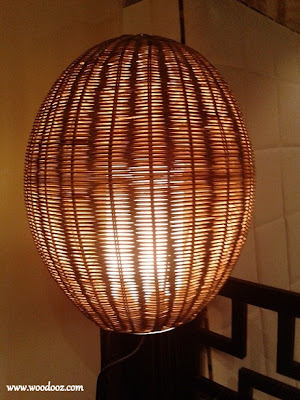 |
| DIY Lampshade |
The wall above the master bedroom headboard is bare and white and needs some life. We have been discussing an enlarged canvas photo of us together. But now, Preethi wants to give this shelf (Clicked at ITC Grand Chola's Tranquebar) a second thought. An assortment of picture frames with a focus light can certainly be something refreshing. I have to go to Konica for the enlarged canvas photo, but this shelf, I can make. So you certainly know by now what am canvassing for.
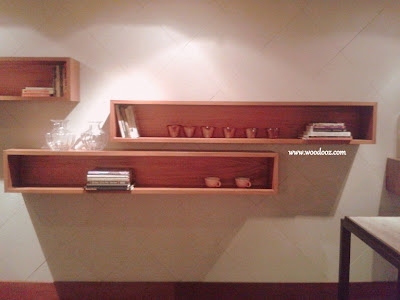 |
| Shelf I would love to make |
The tree trunk center table was rustic and yet classy and I could not let it pass. If not a center table, this is an idea I can execute to use as a small stool. Maybe something for the balcony. I have to find the source from a nearby lumber and am assuming it will require lot of sanding to smoothen the rough patches. If I ever get around to indulge in this, it would certainly be a very exciting project.
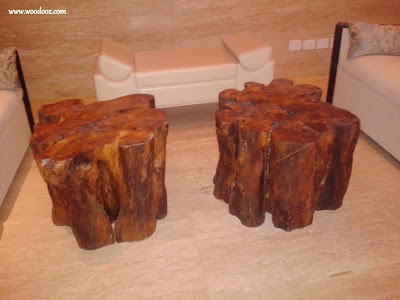 |
| Tree Trunk Center Table |
Floating shelves (Clicked at the The Cheroot Malt and Cigar Lounge) are something I want to do for the heck of it. For no rhyme. For no reason. The illusion of being on the wall without any apparent support is something very attention-grabbing. I still don’t know how it can be installed, especially with hardware constraints in Chennai, and that mystery only adds to the excitement value.
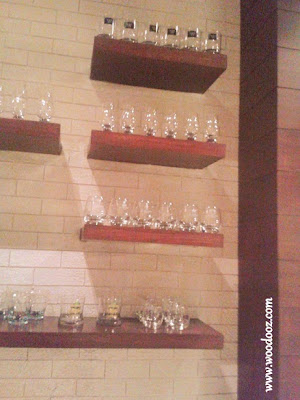 |
| DIY Floating Shelves |
The range of food was appealing to my sense of smell and taste. The visual extravaganza and the magnificence of the newly inaugurated ITC Grand Chola were alluring to my sense of sight. On the whole, it was a very fulfilling and rewarding experience. Now it is all about putting my action items into actual action.
Do you think these DIY projects are practicable? Have you ever been to a place of importance, but been drawn to accompanying objects of less interest to others, because you are passionate about them? Share your thoughts. Leave your comment.
- The lampshade that I so loved making
- Reason why am drawn to center tables everywhere
- The perfect DIY gift for house warming
- Another lampshade with shades of black and white




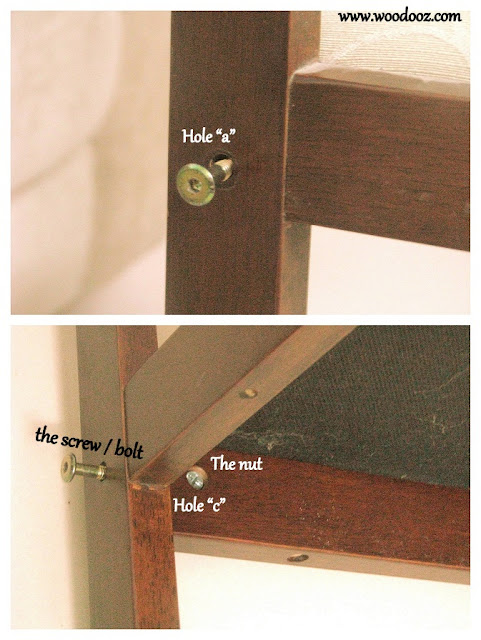

+DIY.jpg)
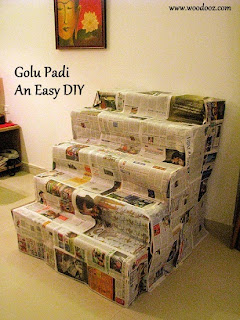
.jpg)

